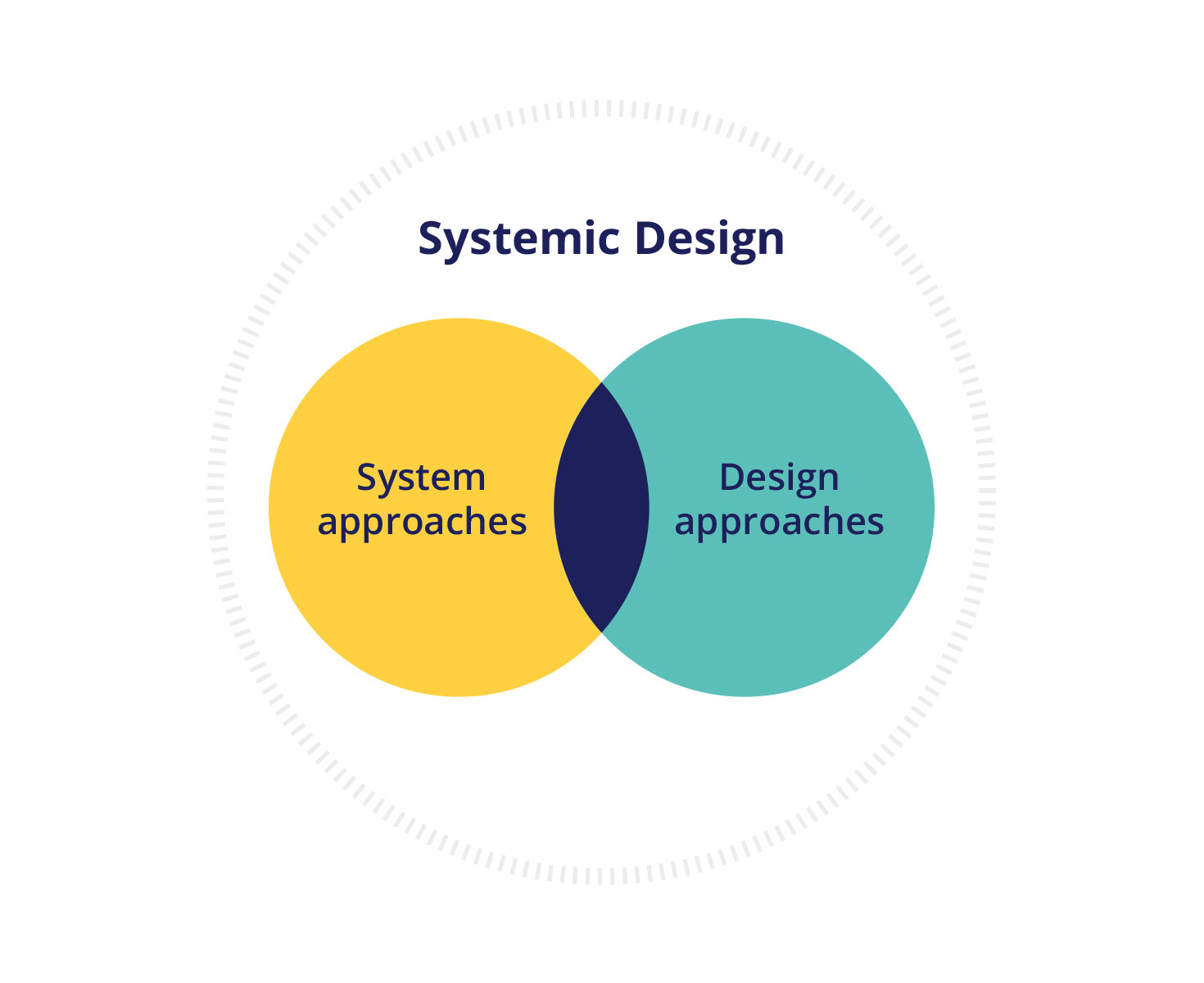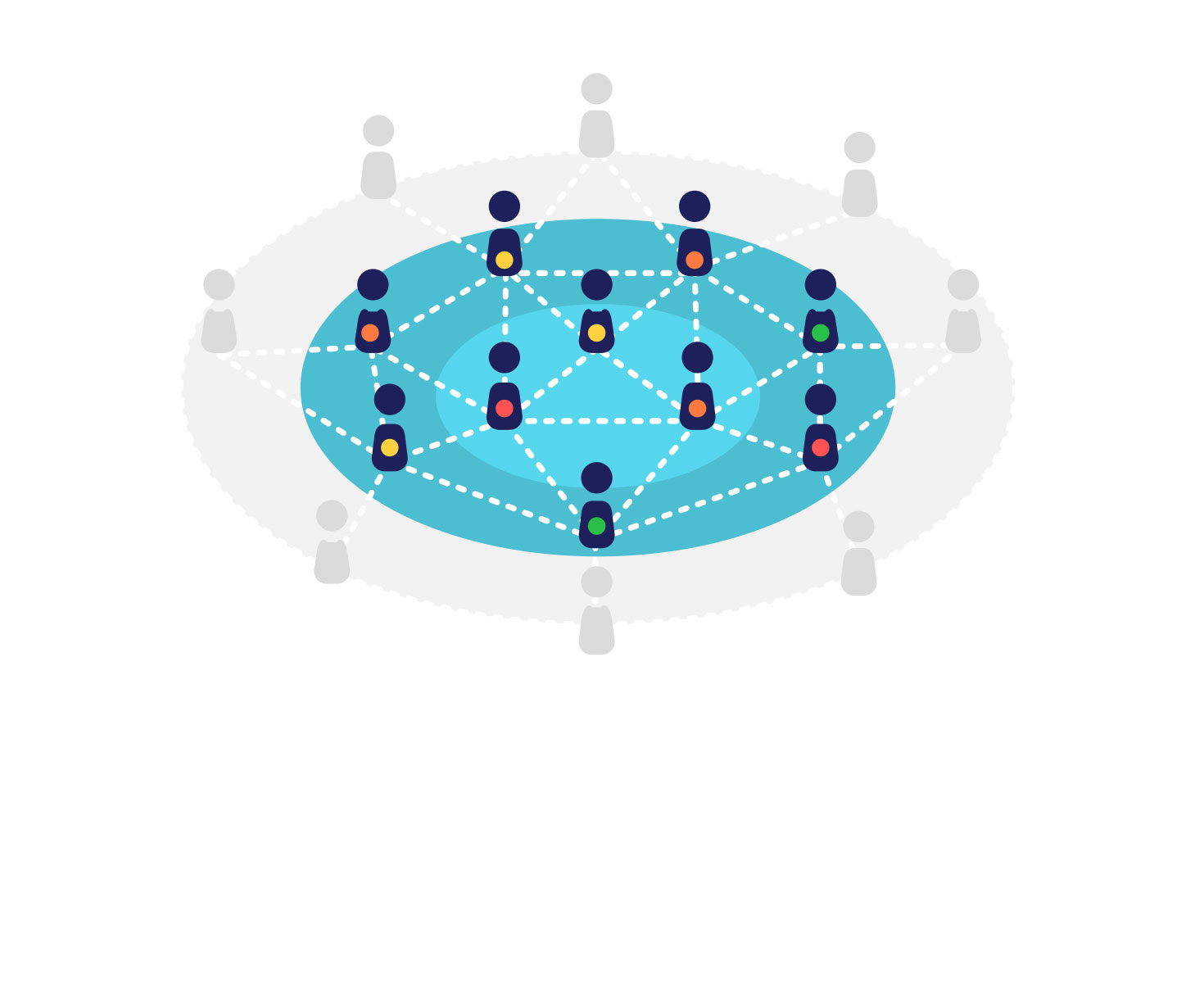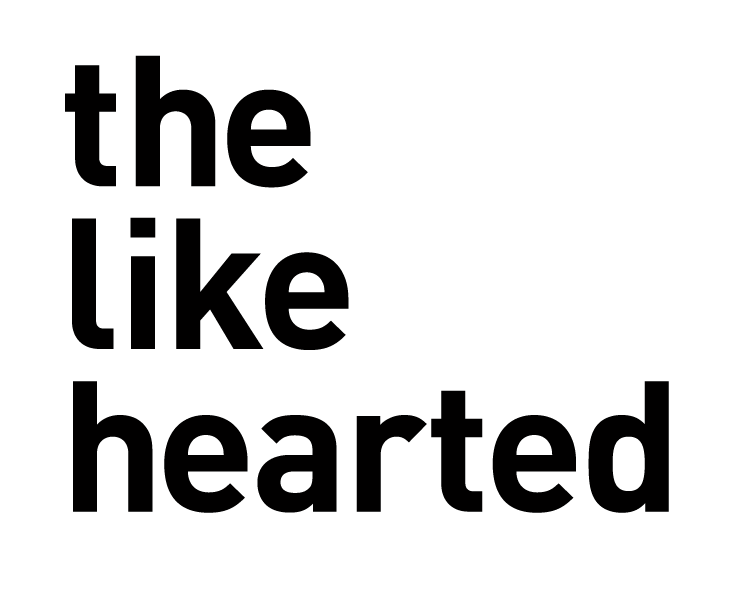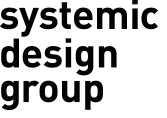Our Vision
We want to help people and organizations to navigate complexity by fostering a systemic mindset and perspective that empathizes on environmental, financial and social value.
Why embrace complexity?
The Global Leadership Survey, released by the World Economic Forum, named Complex Problem Solving as the most important skill of the 21st century. The unprecedented challenges of our time increase the scale and complexity of our actions. We face fundamental shifts, from digitalisation to multidimensional and global, ecological, social, economical and political issues.
Conventional ways of problem solving do not account for complex problems: With a fragmented perspective, a lack of shared understanding and short-term focus we might fail to achieve the desired impact, or might even worsen the situation. It is time to develop a new thinking – for impactful action.


Our perspective on Systemic Design
Systemic Design for us means to bring together the power of Systems Thinking, in unveiling and understanding complexity, and the strength of Design, in creating empathy, synthesizing, and prototyping, to tackle wicked problems. It is our headline under which we experiment with System Mapping and System Dynamics approaches, exploring the Doughnut Economy and applying Human-Centered Design.
Leveraging network effects
The Systemic Design Group invites and connects professionals from diverse backgrounds and talents, to jointly work towards a sustainable future. Our shared purpose is to innovate us out of the current messes. Together.

Our Manifesto
We, being Designers
More than 80% of a product’s environmental impact is determined during the design phase. As designers and co-designers (prosumers), we are all (designers,) able to work with business to lead the transition towards a regenerative economy. Together. To design out waste. To design out the abuse of our natural resources. By keeping materials in the loop for as long as ever possible, just like nature does.
We, thinking together
When designing a product or a service, we need to involve multiple stakeholders as early as ever possible – to design out impactful waste, for an economical minimal use of resources, and future social sustainability. Hence we create project ecosystems. And by zooming out and understanding the bigger picture, we are able to find untapped synergies and entirely new ways of creating sustainable value.
We, bounded by reality
Context determines who we are as humans – through traditions, beliefs and rituals – and values and norms hence define businesses. Consequently, the meaning and interpretation of a product, service and experience varies by traditions, culture and norms. Sustainable strategies are hence characterized by localised and contextualised adaptation.
Sustainable businesses are context based, but our economy is undeniably global. A paradox? This is not a contradiction: we need to think small and local – adapting to different contexts in terms of resources – but we have to be able to scale and replicate – in terms of processes – towards new contexts or different market segments. Many lenses, all at the same time. Orchestrated in symbiosis.
We, asking systemically
The key in systemic design for regenerative business strategies starts by asking the right questions. Understanding the boundaries of our environment opens space for increased creativity, creativity needed to remove inefficiencies from today’s unsustainable operations. With nature as a stakeholder, we better understand those limits of our business, its ecosystem and larger society means a diverse set of priorities. Priorities which often surface as conflicting goals and not as a shared opportunity.
We, becoming interdependent
Everything in nature is connected, Rachel Carson so famously phrased in Silent Spring. The maturing process of any life on this planet moves from dependence to independence – and ultimately to interdependence. Growing to become independent means self-sufficiency of a person, business, industry or sector. This remaining as such, however, leads to a world of only silos. Silos of inefficiency, duplication of effort and absence of synergy.
To find symbiotic value, the secret lies in becoming aware of, understanding and acting in interdependency: (co-)creating win-win strategy for an ever growing (and decaying) ecosystem. As one first step towards circularity, we, as designers, realize that one’s trash is another’s treasure.
We, more than “environment”
Sustainability is so much more than just the environment. While we aim at closing the loop of resources and materials, the jobs, communities, collaboration and opportunities unlocked in the process are the driving force of the transition towards circularity. Not only the workers and customers, but natural resources too, all become stakeholders in this system.
We, being idle
We are definitely not lazy yet aware of our economies, so when making a transition towards a regenerative model we should make change easy and avoid adding burdens on (customers) behaviour as much as possible. If so designed, customers will hopefully embrace change with relief and excitement; and businesses will equally be prone to change.

(c) Systemic Design Group 02021
All rights reserved.

